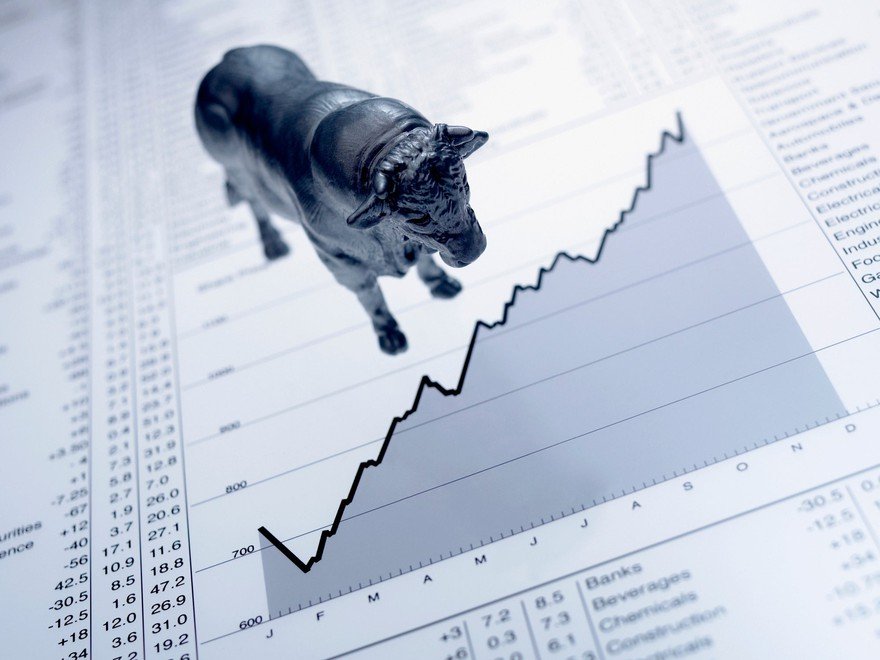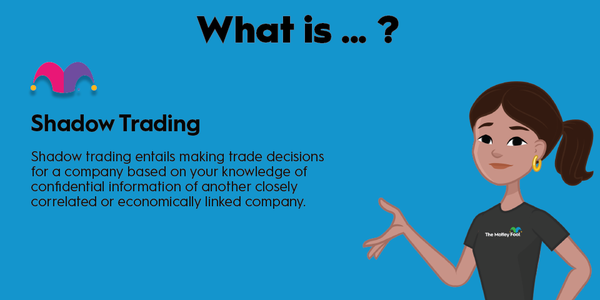If you’re considering trading options, it’s essential to understand what a strike price is. A strike price is an underlying price at which a stock or another asset can be bought or sold. In this article, you’ll learn about strike prices and how they determine what an options contract is worth.
What is a strike price?
What is a strike price?
Before you can understand how strike prices work, you need to understand the basics of options trading. There are two basic types of options contracts:
- Call options: Give you the right (but not the obligation) to buy an underlying security at a specified price by a specified date. You’d buy call options if you feel bullish about the underlying asset.
- Put options: Give you the right (but not the obligation) to sell an underlying security at a specified price by a specified date. If you feel bearish about the underlying asset, you might sell put options.

The strike price is the predetermined price at which you can buy or sell a security when you buy an options contract. (For stocks, a standard options contract gives you the right to buy or sell 100 shares.) Another term for the strike price is the exercise price. The premium is the price you pay for the options contract itself.
For instance, if you bought an XYZ 60 call option on a stock, the strike price would be $60. You’d have the right to buy 100 shares of XYZ stock for $60. If the stock’s price rises to $65, it makes sense to exercise the contract. But you wouldn’t exercise the contract if the stock were trading at $55 because you’d lose money.
When you’re trading options, you’ll have a range of strike prices to choose from. Strike prices are generally available in $2.50 increments for stocks priced below $25; $5 increments for prices between $25 and $200; and $10 increments for prices above $200.
In the money vs. out of the money
An in-the-money options contract is one that has intrinsic value based on its strike price. Using the example of the XYZ 60 call option again, the contract is in the money if the stock is trading at $65. A call option has intrinsic value if the underlying asset price surpasses the strike price.
But if the stock’s price drops to $55, the contract is out of the money because it lacks intrinsic value. For a call option to have intrinsic value, the strike price must be lower than the market price.
Likewise, if you buy a put option for a strike price of $35 and the stock is trading for $40, the contract is out of the money. You’d lose money if you executed it. But if the stock’s price dipped to $33, it would be in the money because executing it would result in a profit. With put options, a contract is out of the money when the strike price is lower than the market price.
Bid and Ask
What is a good strike price?
What is a good strike price?
There’s no such thing as a “good” strike price. But the strike price you choose, along with the expiration date, will determine the level of risk you assume.
Typically, when you buy call options, the higher the strike price, the less expensive it will be. That’s because unless the underlying stock’s price rapidly appreciates, the contract will expire out of the money and you’ll lose your investment. The opposite is true when you buy put options; put options with low strike prices will be more expensive.
Out-of-the money options contracts with expiration dates in the near future are often extremely cheap. That’s because it’s unlikely that the underlying stock will have price movements significant enough for the options trader to profit, and the contract will expire out of the money.
Example of a strike price
Example of a strike price
At market’s close on April 6, 2023, Tesla (TSLA 4.96%) stock traded for $185.06. As an example, let’s look at options contracts with 28 days until expiration.
In-the-money calls with a strike price of $120 had a bid price of $65.40. Since options contracts represent $100 shares, traders were willing to pay $6,540 for the right to purchase 100 shares of Tesla if the stock’s price dipped to $120 per share. However, the price of a put contract with the same strike price and expiration date was just $0.36. Since Tesla is trading just above $185, a contract that allows you to sell the stock for only $120 is almost worthless.
But as the strike price approaches the expiration date, the bid price of call options drops significantly. A call option with 28 days until expiration and a $185 strike price had a bid price of $13. And the price of put options with the same expiration date and strike price increased to $12.25.
When strike prices are well above the current price of Tesla’s stock, the value of call options drops significantly. A call option with a $200 strike price had a bid price of just $6.90 since it is significantly out of the money. Meanwhile, a put option with a $200 strike price was in the money and trading for $21.10.




































































































